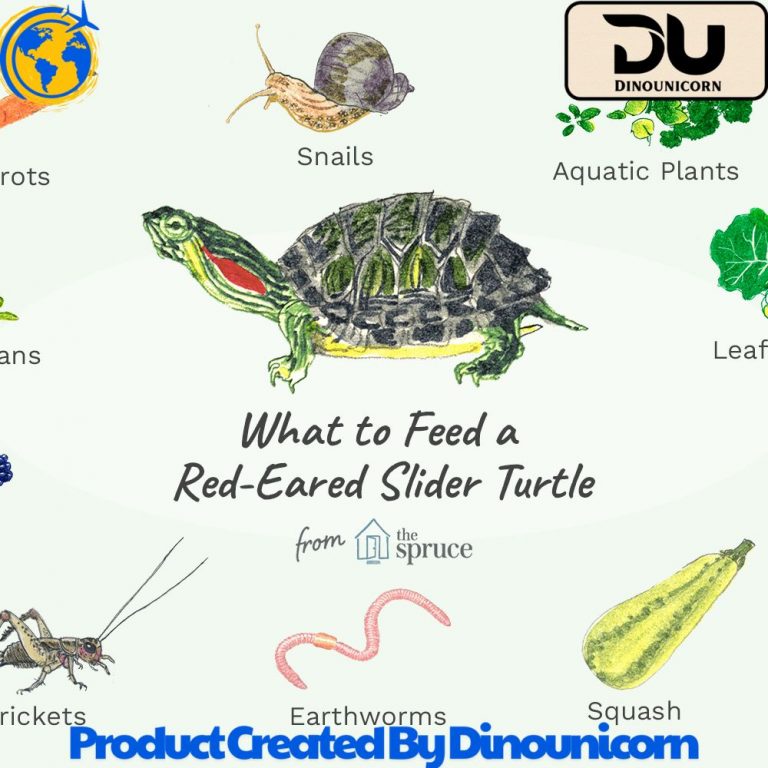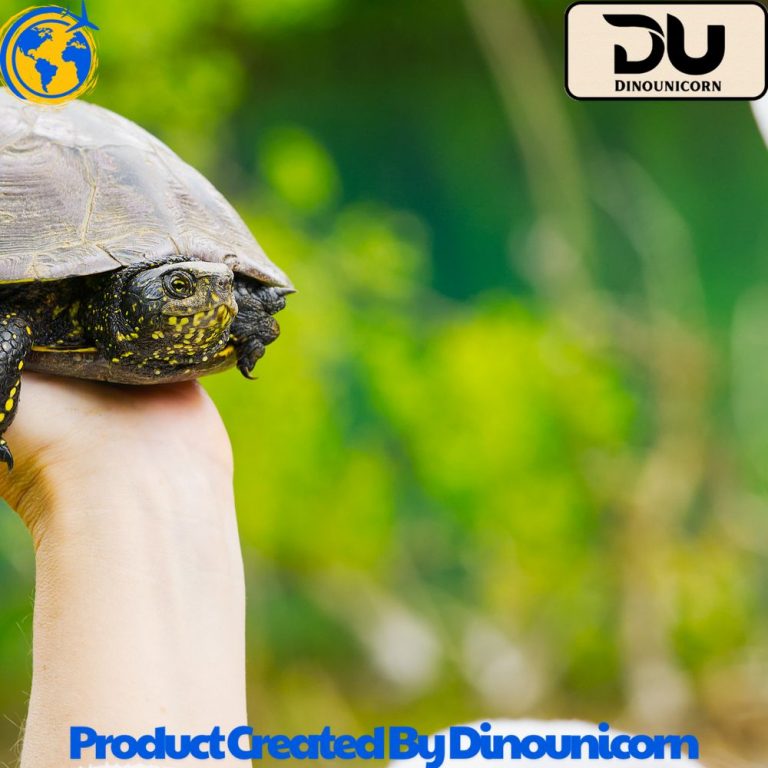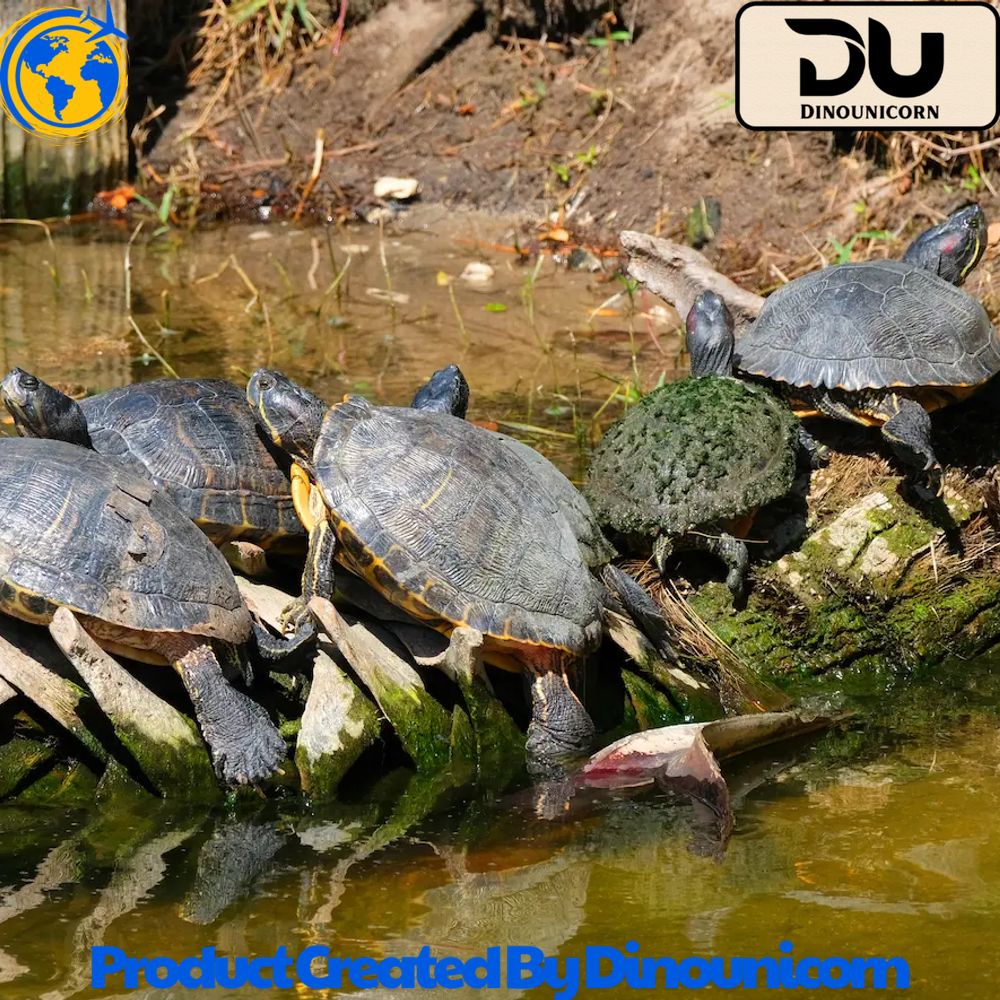Blog
What Do Turtles Eat?
What Do Turtles Eat: A Comprehensive Guide to Turtle Diets
Turtles, both in the wild and as pets, have varied diets that depend on their species, environment, and age. Understanding what turtles eat is crucial for their health, growth, and longevity. Whether you are a turtle owner or simply curious about these fascinating creatures, this guide provides an in-depth look at turtle diets across different types of turtles—sea turtles, freshwater turtles, and land turtles—along with practical advice on feeding them both in the wild and in captivity.
1. Introduction to Turtle Feeding Habits
Turtles are herbivores, carnivores, or omnivores, depending on their species. This dietary variety reflects the different types of habitats they live in and the specific needs of each turtle species. Understanding the eating habits of turtles is not just about feeding them; it’s about ensuring they get the correct nutrients to thrive.
- Why Knowing What Turtles Eat Is Important for Their Health
Turtles require a balanced diet to maintain proper nutrition, supporting their immune systems and allowing them to grow, reproduce, and stay active. Without the right foods, turtles can suffer from malnutrition or even life-threatening health conditions. By offering a mix of fresh foods and a healthy feeding routine, turtle owners can ensure their pet turtle lives a long, healthy life.
2. What Do Sea Turtles Eat?
2.1 Common Foods for Sea Turtles in the Wild
Sea turtles are a diverse group of reptiles that live in various oceanic environments. Their diets depend largely on their species, which can include green sea turtles, loggerhead turtles, and hawksbill turtles. For example, green sea turtles primarily eat seagrass and algae, while loggerhead turtles are more likely to feed on crabs and shellfish.
Sea turtles are mostly herbivores or omnivores, with some species having specific preferences when it comes to food. For example, hawksbill turtles feed largely on sponges.
- Feeding Habits of Different Species of Sea Turtles
Sea turtles are known for their specific feeding habits depending on their species. Some species are herbivores, while others consume a wide variety of foods. Green sea turtles are primarily herbivores, feeding on seagrass and algae, which help maintain the health of the coral reef ecosystems. Loggerhead turtles, on the other hand, are omnivores and consume more animal-based foods like jellyfish, crabs, and other marine invertebrates.For further reading, visit the Green Sea Turtle Wikipedia page.
2.2 Can Sea Turtles Eat Fish and Other Marine Animals?
Some species of sea turtles, such as the loggerhead turtle, can eat fish and other small marine animals. However, green sea turtles tend to avoid eating fish, preferring plants instead. Depending on the species, sea turtles may also consume jellyfish, crabs, and other marine invertebrates.
- Importance of Protein in Sea Turtle Diets
Protein is an essential part of a sea turtle’s diet, especially for those species that are omnivores. Jellyfish provide a rich source of protein, which is crucial for their growth and development.
For more information about the feeding habits of sea turtles, visit SeeTurtles: Sea Turtle Diet.
3. What Do Freshwater Turtles Eat?
3.1 Freshwater Turtle Diet in the Wild
Freshwater turtles, such as the painted turtle, typically have a mixed diet that includes both plant-based foods and small animals. They consume a variety of plants, aquatic insects, small fish, and amphibians. In their natural habitat, freshwater turtles have access to a wide range of food sources, allowing them to meet their nutritional needs easily.
Freshwater turtles are generally considered omnivores, which means they eat both plants and animals. Their diets may include aquatic plants like algae, water lettuce, and duckweed, as well as small fish, tadpoles, and insects.
- The Role of Protein in Freshwater Turtles’ Diet
Protein-rich foods like fish and aquatic insects help freshwater turtles build strong muscles and healthy bones, essential for their survival in the wild.
For more details on freshwater turtle species like the painted turtle, check out the Painted Turtle Wikipedia page.
3.2 Best Foods for Pet Freshwater Turtles
When keeping a freshwater turtle as a pet, it’s essential to provide a balanced diet that mimics their natural feeding habits. Pet freshwater turtles should be offered a variety of foods, including:
- Leafy greens (kale, collard greens)
- Aquatic plants (water lettuce, duckweed)
- Protein sources (live or frozen fish, worms, crickets)
Avoid feeding pet freshwater turtles processed foods or those high in fat and protein, as these can lead to obesity or kidney issues.

4. What Do Land Turtles Eat?
4.1 Land Turtles’ Natural Diet
Land turtles, or tortoises, are primarily herbivores, and their diet mainly consists of grasses, weeds, and leafy greens. Some species of tortoises will also eat fruits and flowers. These turtles are often found in dry, arid environments where they have access to plants and vegetation.
- Types of Plants Land Turtles Eat
Land turtles feed on a wide variety of plants, including dandelions, clover, grasses, and hibiscus flowers. These provide the necessary nutrients, vitamins, and minerals that keep their digestive systems healthy.
For more information on land turtles, you can visit SeeTurtles: Sea Turtle Diet.
4.2 Feeding Pet Land Turtles
When it comes to feeding land turtles in captivity, their diet should primarily consist of leafy vegetables such as kale, dandelion greens, and collard greens. It’s important to avoid feeding them fruits too often, as these can lead to digestive issues or obesity in land turtles.
5. What Do Baby Turtles Eat?
5.1 Baby Turtle Nutrition: A Breakdown
Baby turtles, like their adult counterparts, require a diet that supports their rapid growth and development. They are more likely to eat a protein-rich diet compared to adult turtles. Baby turtles commonly eat small insects, aquatic plants, and baby fish.
- Importance of Protein for Baby Turtles
Protein is crucial for baby turtles as it helps them grow strong bones, shells, and muscles. Small aquatic invertebrates, insects, and fish are excellent protein sources for baby turtles.
5.2 How to Feed Baby Turtles in Captivity
In captivity, baby turtles should be fed a balanced diet that includes:
- Protein sources (live fish, worms)
- Vegetables (lettuce, kale, dandelion greens)
- Fruits (in moderation)
The key to feeding baby turtles is variety—a combination of plant-based and animal-based foods ensures they receive the necessary nutrients for optimal health.

6. Turtle Diet FAQs
6.1 Do Turtles Eat Vegetables and Fruits?
Yes, turtles eat vegetables and fruits, especially species like land turtles and freshwater turtles. Vegetables like kale, collard greens, and dandelion greens are beneficial. For fruits, berries and apples can be given in moderation.
6.2 Can Turtles Eat Insects and Fish?
Yes, many turtle species, including freshwater turtles and some sea turtles, eat insects, fish, and small aquatic animals. These provide essential protein and fat for their growth and energy needs.
6.3 Do Turtles Eat in Captivity the Same as in the Wild?
Turtles in captivity may have a more controlled diet, but it should still resemble their natural feeding habits. Pet turtles need a mix of vegetables, fruits, and protein sources to stay healthy.
7. Turtle Diet Chart and Food Recommendations
7.1 Sample Turtle Meal Plan
A balanced diet for turtles should include a variety of foods based on their species. Here’s a sample meal plan for different types of turtles:
- Sea Turtles: Algae, seagrass, jellyfish
- Freshwater Turtles: Aquatic plants, small fish, worms
- Land Turtles: Leafy greens, grasses, flowers
7.2 Turtle Food List for Captivity
Here is a list of safe foods for pet turtles:
- Leafy greens (kale, collard greens)
- Aquatic plants (duckweed, water lettuce)
- Protein (crickets, worms, small fish)
- Fruits (apples, berries)
8. Conclusion: How to Maintain a Healthy Turtle Diet
In conclusion, providing a healthy diet for turtles involves understanding their dietary needs based on species, age, and whether they are wild or captive. A mix of vegetables, fruits, protein sources, and calcium is essential for their well-being. Offering a variety of foods will help keep them healthy and happy.
If possible, please visit dinounicorn.com or freshmilktee.com to support us.
 Skip to content
Skip to content

